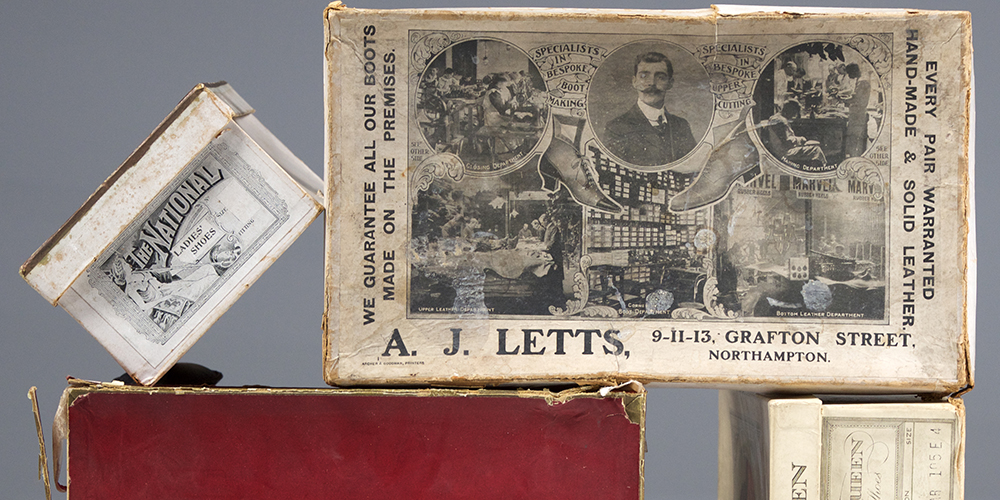Donate an object or artwork
How to donate

We rely on donations to support and develop the collections.
Why donate
Northampton Museum and Art Gallery and Abington Park Museum hold a wide range of objects and artworks. Our collection has developed over the last 150 years through the generosity of individuals and companies donating cherished objects and artworks. Once an object has joined our collections then it is cared for according to the Arts Council England Museum Accreditation standard and can be enjoyed by visitors from across the world. The collection continues to grow through donations and we thank you for your support.
The process
Any proposed donation is carefully considered by our Acquisitions Panel which meets monthly. Through this panel we can ensure that the collection remains relevant for the next 150 years.To donate use our online form. As a result of the Covid-19 pandemic our collections donation process may take longer than usual and we appreciate your understanding in this matter.
Sadly we are unable to take in every donation and we generally do not accept objects that are duplicates to those already held. Our collecting is governed by a policy, which helps to ensure that the collection is relevant to visitors. Objects and artworks that tell stories, particularly relating to the local community from the last 50 years, are an important priority for collecting. Where the object has come from and who used or owned it is important to us. Most collections have a local and county focus with the exception of the Shoe, Fine Art and Decorative Art collections. We look forward to considering your proposals.
Both our geology collection and ethnography collection are closed for further collecting.
General principles
The following principles are taken from the Collections Development Policy:
- The governing body will ensure that both acquisition and disposal are carried out openly and with transparency
- By definition, the museum has a long-term purpose and holds collections in trust for the benefit of the public in relation to its stated objectives. The governing body therefore accepts the principle that sound curatorial reasons must be established before consideration is given to any acquisition to the collection, or the disposal of any items in the museum’s collection
- Acquisitions outside the current stated policy will only be made in exceptional circumstances
- The museum recognises its responsibility, when acquiring additions to its collections, to ensure that care of collections, documentation procedures and use of collections will meet the requirements of the Arts Council England Museum Accreditation standard. This includes using Spectrum documentation primary procedures for collections management. Spectrum is the UK collections management standard developed by the Collections Trust. It will take into account limitations on collecting imposed by such factors as staffing, storage and care of collection arrangements
- The museum will undertake due diligence and make every effort not to acquire, whether by purchase, gift, bequest or exchange, any object or specimen unless the governing body or responsible officer is satisfied that the museum can acquire a valid title to the item in question
- The museum will not undertake disposal motivated principally by financial reasons
